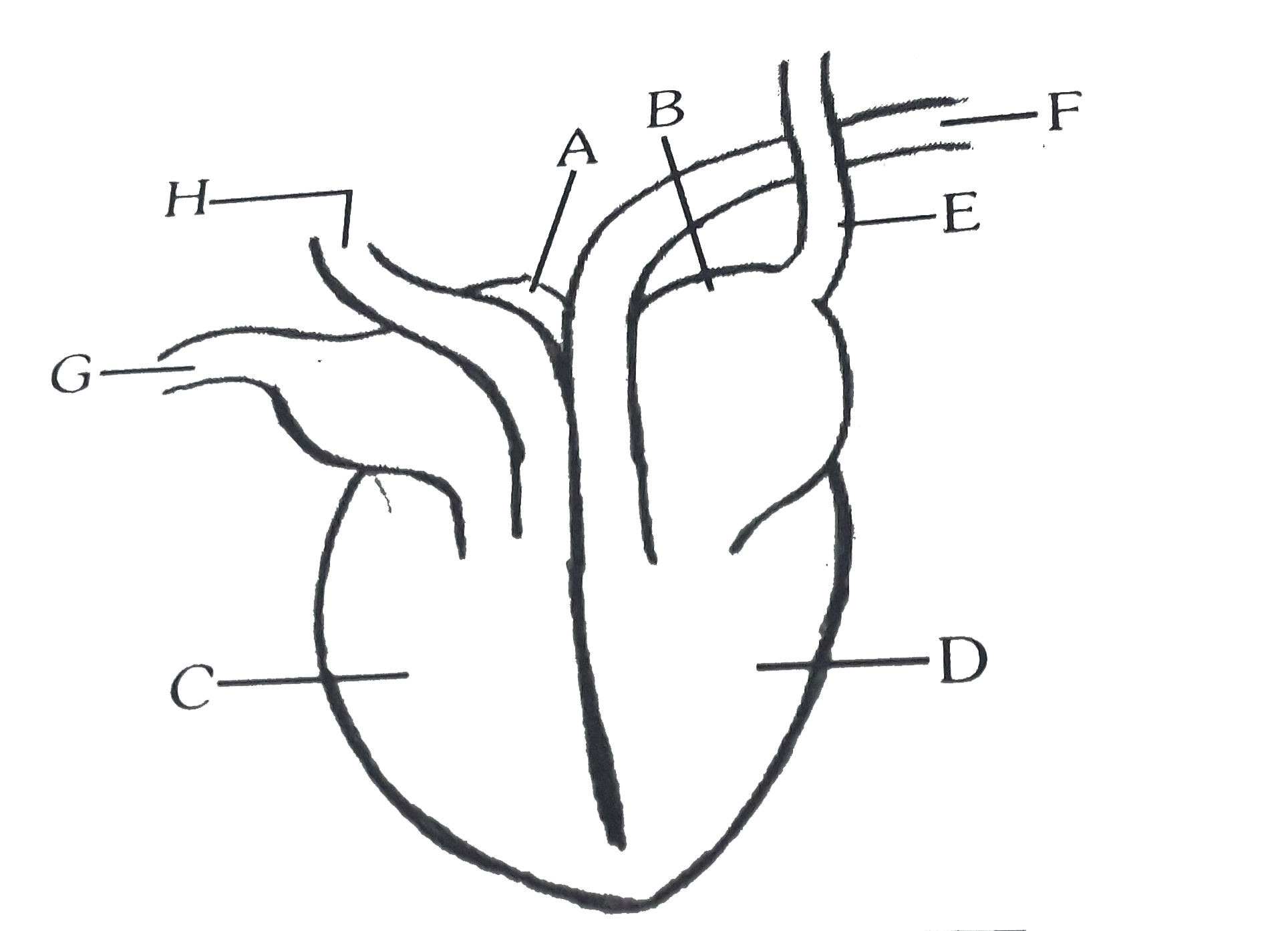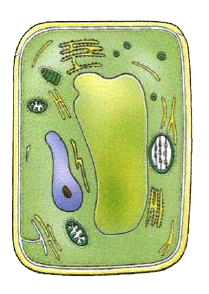What is stomatal apparatus? Explain the structure of stomata with a labelled diagram.
Step-by-Step Text Solution:
1. Definition of Stomatal Apparatus:
The stomatal apparatus is a structure found in the epidermis of leaves, primarily responsible for gas exchange and transpiration. It consists of a pair of guard cells and may include surrounding subsidiary cells.
2. Components of Stomatal Apparatus:
- Stoma (plural: stomata): This is the small opening or pore located in the epidermis of the leaf. It allows for the exchange of gases (like oxygen and carbon dioxide) and is crucial for the process of transpiration.
- Guard Cells: These are specialized cells that surround the stomatal pore. They are typically bean-shaped in dicots and dumbbell-shaped in monocots. The guard cells regulate the opening and closing of the stomata, thereby controlling gas exchange and water loss.
- Subsidiary Cells: These are additional cells that may surround the guard cells. They assist in the function of the guard cells and are also known as epidermal cells.
3. Structure of Stomata:
- The stomatal pore is located between the guard cells.
- The outer wall of the guard cells is thin, while the inner wall is thicker, which helps in the movement of the guard cells during the opening and closing of the stomata.
- Each guard cell contains chloroplasts, which are involved in photosynthesis, and a sap vacuole that helps maintain turgor pressure.
- The nucleus of the guard cells is also present, playing a role in cellular functions.
4. Labelled Diagram:
(Here, you would include a diagram of a stomatal apparatus with the following labels:
- Stomatal pore
- Guard cells (bean-shaped/dumbbell-shaped)
- Subsidiary cells
- Chloroplasts
- Nucleus
- Sap vacuole
- Outer wall and inner wall of guard cells)
The stomatal apparatus is a structure found in the epidermis of leaves, primarily responsible for gas exchange and transpiration. It consists of a pair of guard cells and may include surrounding subsidiary cells.
- Stoma (plural: stomata): This is the small opening or pore located in the epidermis of the leaf. It allows for the exchange of gases (like oxygen and carbon dioxide) and is crucial for the process of transpiration.
- Guard Cells: These are specialized cells that surround the stomatal pore. They are typically bean-shaped in dicots and dumbbell-shaped in monocots. The guard cells regulate the opening and closing of the stomata, thereby controlling gas exchange and water loss.
- Subsidiary Cells: These are additional cells that may surround the guard cells. They assist in the function of the guard cells and are also known as epidermal cells.
- The stomatal pore is located between the guard cells.
- The outer wall of the guard cells is thin, while the inner wall is thicker, which helps in the movement of the guard cells during the opening and closing of the stomata.
- Each guard cell contains chloroplasts, which are involved in photosynthesis, and a sap vacuole that helps maintain turgor pressure.
- The nucleus of the guard cells is also present, playing a role in cellular functions.
(Here, you would include a diagram of a stomatal apparatus with the following labels:
- Stomatal pore
- Guard cells (bean-shaped/dumbbell-shaped)
- Subsidiary cells
- Chloroplasts
- Nucleus
- Sap vacuole
- Outer wall and inner wall of guard cells)
Topper's Solved these Questions
- BOOK - ICSECHAPTER - ANATOMY OF FLOWERING PLANTS EXERCISE - Ncert Exercises (Differentiate Between )23videos
ANATOMY OF FLOWERING PLANTS
- BOOK - ICSECHAPTER - ANATOMY OF FLOWERING PLANTS EXERCISE - Test Your Progress (HOTS)4videos
ANATOMY OF FLOWERING PLANTS
- BOOK - ICSECHAPTER - ANATOMY OF FLOWERING PLANTS - PLANT TISSUESEXERCISE - REVIEW QUESTIONS (LONG ANSWER TYPE QUESTIONS)20videos
ANATOMY OF FLOWERING PLANTS - PLANT TISSUES
Similar Questions
label the diagram
 View Solution
View SolutionLabel the diagram.
 View Solution
View SolutionDefine stomatal apparatus.
View SolutionExplain mechanism of breathing with neat labelled diagram.
View SolutionStomatal apparatus consists of
View SolutionStomatal apparatus consists of
View SolutionStomatal apparatus consists of
View SolutionStomatal apparatus consists of
View SolutionExplain the term critical angle with the aid of a labelled diagram.
View SolutionExplain the structure of the middle and internal ear with the help of diagram .
View Solution

